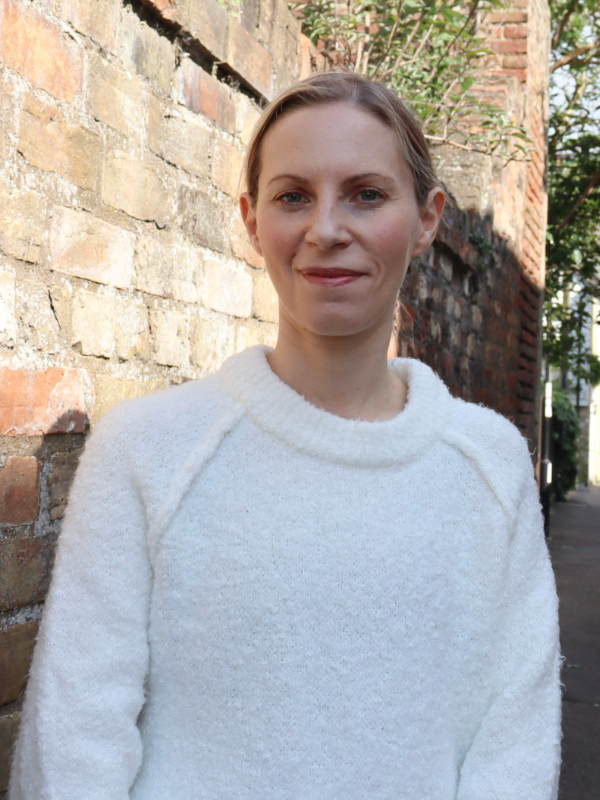Pilates teacher Wendy Horrocks has made a remarkable recovery from a serious stroke last November following specialist treatment at Addenbrooke’s.

Now she’s helping to celebrate the opening of a second state-of-the-art bi-plane angiogram suite at the hospital that saved her from potentially life-changing disabilities.
Wendy walked out of Addenbrooke's three days after having mechanical thrombectomy treatment to remove two blood clots that had entered her brain.
For the one in ten stroke patients who are suitable for this treatment, it significantly reduces the chance of disabilities such as paralysis, problems with speech and language, and blindness.
Wendy’s job as a Pilates instructor involves helping people with their balance and fitness. She never expected that at age 46, she would have a stroke. But strokes can occur at any age, even in those who are fit and healthy.
I woke up in the night with a sharp pain in my head. My left arm had seized and my left fingers were gripping. And I was trying to pull them apart with my right hand, and I thought something’s wrong here.
Wendy Horroocks
"I got up out of bed and I collapsed on the floor as I couldn’t use the left side of my body. And I tried to say help me, help me, I knew I was slurring my words.”
Wendy called her parents, who contacted the ambulance service that took her straight to Addenbrooke’s.
“They got me in for an angio CT scan, I remember them saying they were going to inject dye in, scan my head and neck. I just remember lots of voices, I don’t think that I was too with it. But they were very quick, very good, very kind, very reassuring.”
Wendy’s stroke was due to a dissected carotid artery – this is where a small tear forms in the inner lining of the artery wall which supplies blood to the head and brain.
Internal carotid artery dissections are the most common cause of strokes in young adults.
Wendy’s thrombectomy took just over three hours and was performed by Dr Yogish Joshi, a consultant interventional neuro-radiologist at Cambridge University Hospitals NHS Foundation Trust (CUH).

Physically, Wendy has recovered well from her stroke, which she was told could have left her severely disabled. But still struggles with the psychological effects, experiencing anxiety and PTSD (Post-traumatic stress disorder).
In February, my consultant showed me the scan and it looked pretty bad. She said that if I hadn’t had that procedure, then I could have ended up in a nursing home with a feeding tube.
Wendy joined CUH staff, fellow Addenbrooke's stroke patient Brian Cashman and local MP Anthony Browne at a special opening event today - Friday 7th July - to thank the staff that have supported her.

Think F.A.S.T
Wendy wants others to know that anyone can have a stroke and that even if you are young and fit, a stroke can still happen.
If you suspect you or someone else is having a stroke, phone 999 immediately and ask for an ambulance.
Even if the symptoms disappear while you're waiting for the ambulance, it's still important to go to hospital for an assessment.
Think and act F.A.S.T., the signs of stroke are:
- Face – has their face fallen on one side? Can they smile?
- Arms – can they raise both their arms and keep them there?
- Speech – is their speech slurred?
- Time – time to call 999


